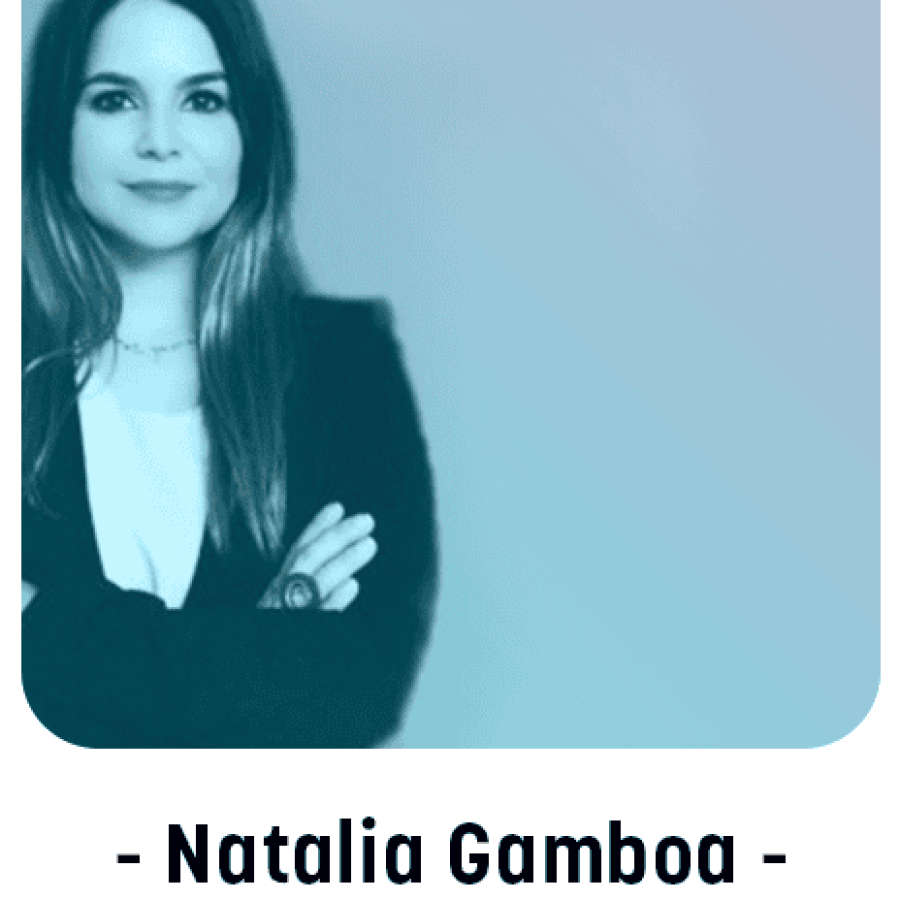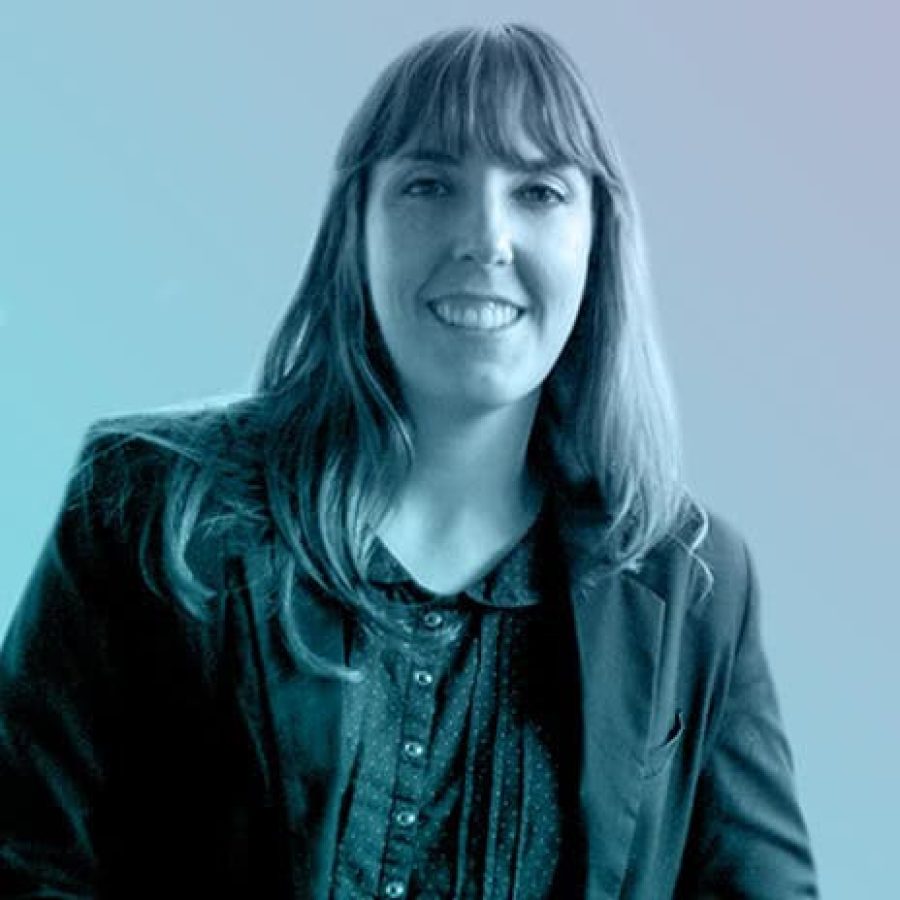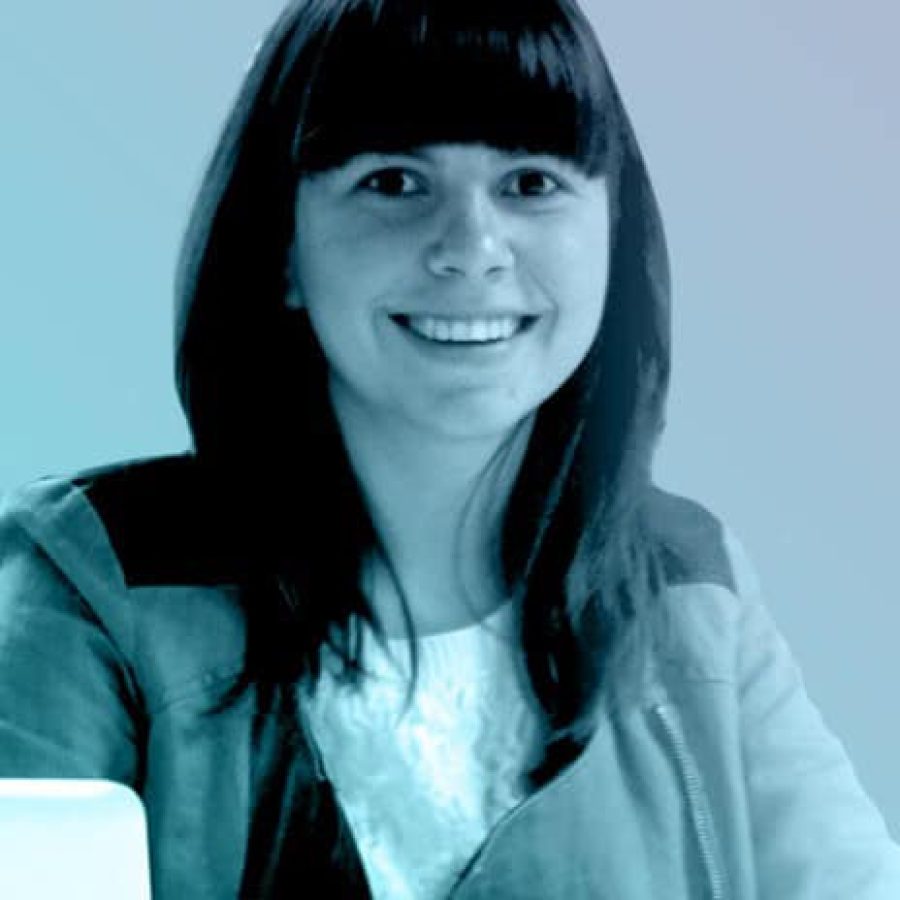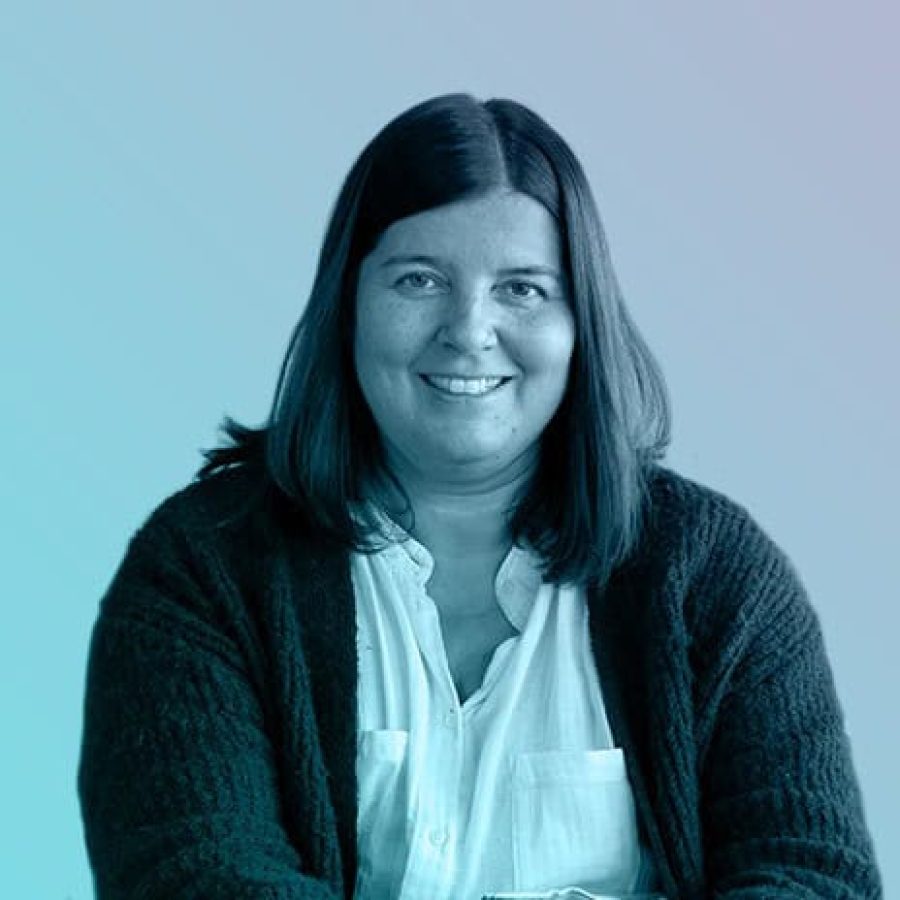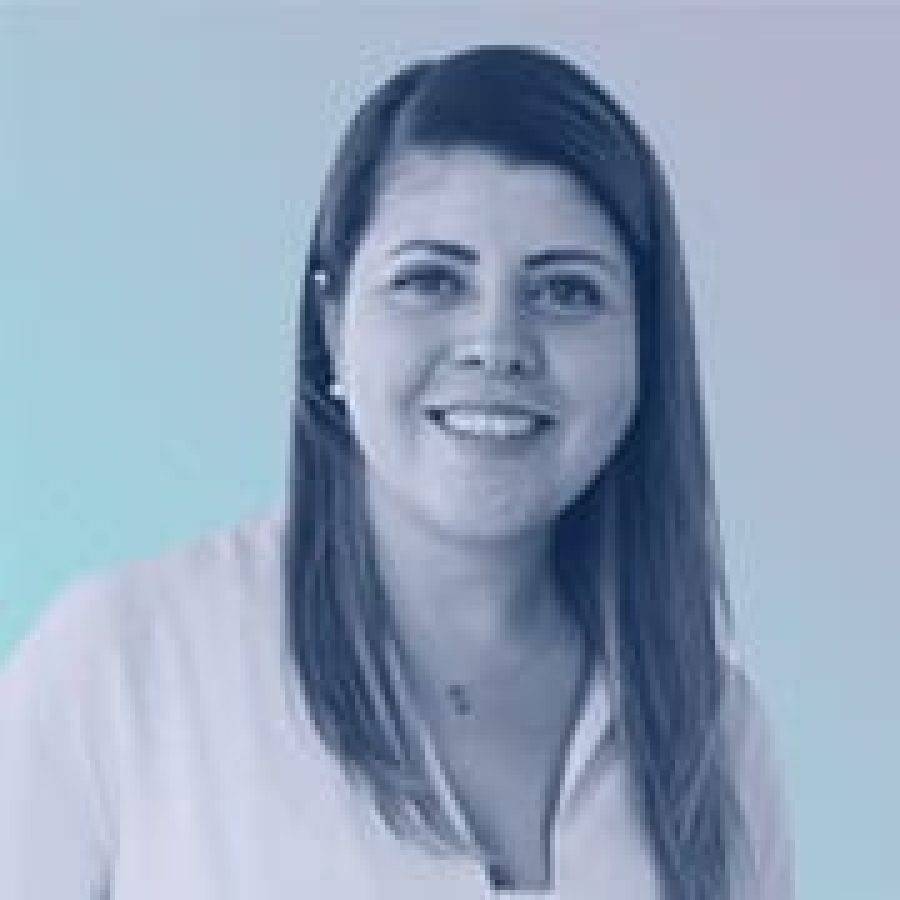Following in the footsteps of one of the most recognized business strategists in recent decades worldwide, Clayton Christensenof Harvard Business School, disruptive opportunities are never found in the core market, i.e., in the most profitable customers; they are always located on the periphery of these, i.e., in the least profitable customer segments or in that part of the market that does not currently consume the product/service in question. This is why it is so difficult for large companies to identify and pursue disruptive opportunities because they are focused on improving their profitability and the way to do this is through sustainable innovation opportunities.
This has been a trend especially marked in the field that concerns us, the real estate sector. At Smartup we have been working on its positioning for 15 years for different players in the Spanish-speaking market, we have captured potential clients for their promotions or supported various agents in their value chain, from construction materials such as steel or cement, to habitability, with finishing, appliance or interior decoration companies that finally make the space a home. In terms of service, we have worked with major developers and real estate asset management companies, without forgetting the large digital aggregators and players in the ProptechWith all this knowledge, we can affirm that we are currently in a different phase in the evolution of these companies.
How is the industry changing?
- firstly, the traditional chain of agents in the sector, Architects, Real Estate Developers, Construction Companies, Real Estate Agencies or asset marketers, Real Estate Investment Companies, Specialized Consultants and Associations and Organizations, are joined by Proptech as the economic logic of this century. In Spain there are currently 514 companies Proptech according to the report "Radiography of Proptech in Spain", prepared by API, which would make us the third largest in Europe after the United Kingdom and France. According to the Inter-American Development Bank, Mexico is the country with the highest number of Proptech companies in the world. Proptech operate in Latin America, with 77 such companies.
- secondly, in one of the sectors in which the global economic evolution has generated important behavioral changes in society towards new ways of managing real estate investments.
In the case of Spain, this sector accounts for more than 10% of the economy, rising to 12.48% in Mexico, with traditionally high profitability rates in both countries, and is in a phase of high professionalization after the successive crises it has faced.
What difficulties do we face in this sector to continue its digital optimization?
Usually companies, throughout the value chain, have the support of a CRM focused on their commercial action, where they concentrate the information of their customers, the efforts of their sales teams, the management of the operations team, the status of each of the projects and document management. However, the marketing work and its different indicators of contact with potential customers (prospects or leads), is found in different sources unrelated to each other.
The traceability of the interactions generated with these prospects presents multiple complications for their measurement, not the least of which is that it is not possible to compare the channels in which activities are recorded, so that the process is usually carried out manually with the associated inefficiency that this entails.
The challenges of a lack of centralization of customer information, in this very important sector, affect the work of marketing and sales teams. The expectation is clear: to know each prospect and provide them with personalized and appropriate communication; to optimize the strategy in the digital environment taking advantage of traceability and customer information, in addition to being able to measure the management of consultants in terms of allocation and service times.
How have we done it?
At Smartup we have merged traditional executive capabilities(positioning, acquisition and iterative optimization) with process analytics, seeking to provide the disruptive DNA of successful Proptech actions in the customer's journey in search of their desired home.





























